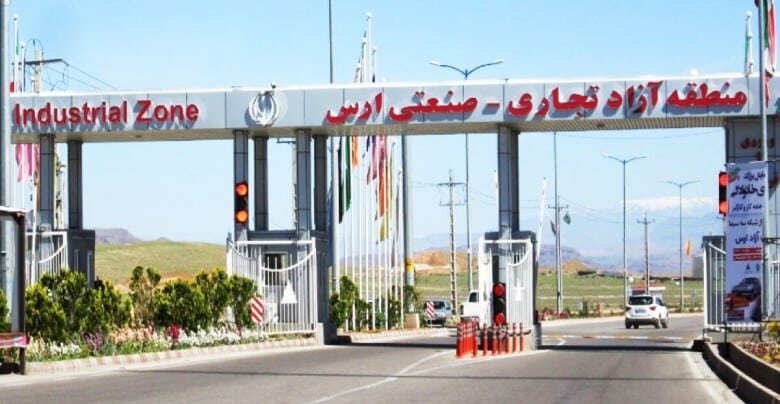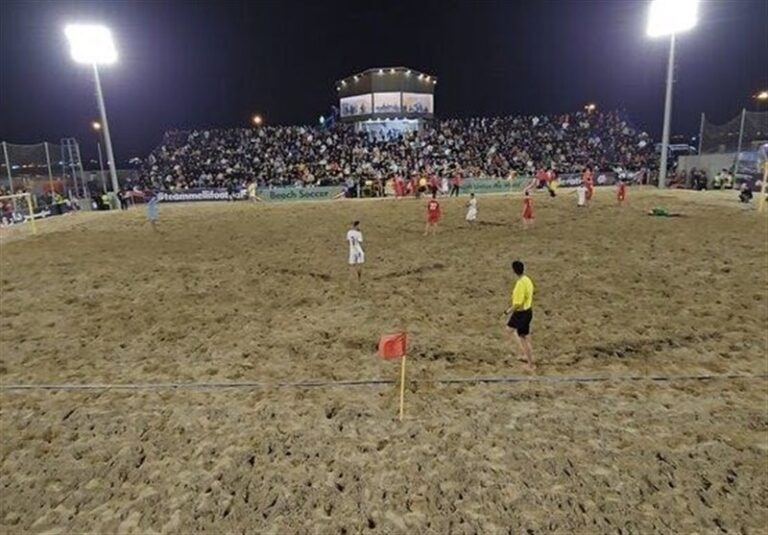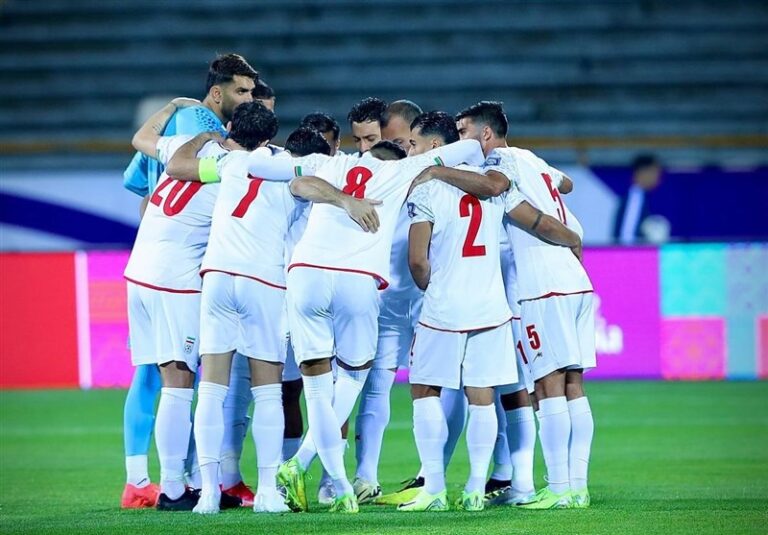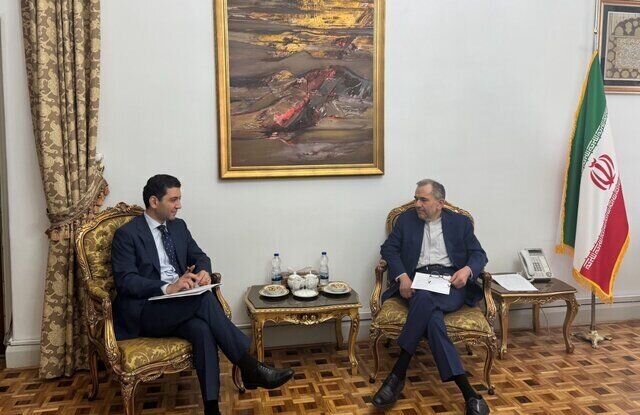Unlocking Economic Potential: How the AFZ is Driving Iran’s Economic Growth
Located in the Northwest of Iran, the Aras Free Trade – Industrial Zone serves as a vital hub for commerce and industry at the border with Armenia, Azerbaijan, and Nakhichevan. This strategically positioned zone has fostered strong economic relationships with these Eurasian countries, making it a significant player in regional trade.
The Aras Free Zone is currently home to over 200 active industrial and production units, contributing significantly to Iran’s economic landscape, particularly in free zones. The area has created favorable conditions for the production of agricultural and horticultural products, with a substantial portion of its output being exported to the Russian Federation. Additionally, the zone has made considerable investments in renewable energy, focusing on solar energy production.
Thanks to its advantageous geographical location, the Aras Free Zone has achieved remarkable success in logistics, joint production, and investment activities. The area was expanded on December 4, 2008, by a decree from the Board of Ministers, increasing its size to 51,000 hectares. This expansion included parts of Jolfa and Kaleybar towns, enhancing the main district from 9,700 hectares to 20,500 hectares, with additional detached segments.
For further insights, we spoke with Ebrahim Jalili, the Deputy CEO of Aras Free Zone for Economic Development and Investment Affairs. His remarks provide a comprehensive overview of the zone’s capabilities and benefits:
- The Aras Free Zone hosts over 200 industrial and production units.
- It offers excellent opportunities for producing agricultural and horticultural goods, with a significant amount exported to Russia.
- The zone is heavily invested in renewable energy, particularly solar energy.
Jolfa Township, where the Aras Free Zone is situated, lies in the northwest of East Azarbaijan Province. It spans an area of 1670.31 square kilometers and shares borders with Armenia, Azerbaijan, and the Nakhichevan Republic. The township features a narrow strip of land that is approximately 17 kilometers wide and 100 kilometers long. Jolfa City serves as the capital and is located 135 kilometers northwest of Tabriz.
Jolfa Township is divided into two districts: the Central District and Siyah Rood, encompassing five rural districts. According to the 2004 statistics, there are 73,219 villages within the township.
Initially, Aras Free Zone covered 9,700 hectares as per a resolution passed on June 28, 2005, by the Iranian Cabinet. However, this area was expanded to 51,000 hectares following a subsequent resolution on December 4, 2008, incorporating parts of Jolfa and Khoda Afrin counties.
Investment Competitive Advantages
- Skilled and Affordable Labor: Access to expert and cost-effective workforce.
- Low Energy Costs: Affordable energy resources.
- Investment Security: A safe environment for investors.
- Cost-Effective Warehousing: Competitive warehousing rates.
- Land Availability: Ample land for development.
- Customs Exemptions: No customs duties on imported raw materials and machinery.
- Value-Added Act Benefits: Exemptions on exported goods produced within the zone.
Customs Advantages for Investment
- Reduction of commercial interest rates up to 15% of the CIF value for imported goods.
- Increased import capacity up to $3,000,000,000.
- Minimized evaluation and discharge time for imports.
- Flexibility in importing goods via various transport modes.
- Connection to international rail networks for efficient goods transfer.
- Streamlined customs procedures to enhance operational efficiency.
Legal Advantages for Investment
- 20-year tax exemption for various economic activities.
- Exemption from customs fees on the import of raw materials and machinery.
- Facilitation of exports with minimal bureaucratic hurdles.
- Assured protection against nationalization for foreign investors.
- Full freedom for foreign investors to engage in economic activities.
- Possibility of 100% foreign investment without local partnership.
- Visa-free entry for foreign workers.
Infrastructure at Aras Free Zone
The Aras Free Zone boasts a robust infrastructure, including:
- Railway Network: The Jolfa-Tabriz electric railway connects Aras Free Zone to Central Asia, the Caucasus, and Europe.
- Road Access: The Jolfa-Tabriz road network facilitates transportation to neighboring regions.
- Airport Development: An airport is under construction, enhancing air connectivity.
- Energy Resources: Sufficient oil and gas supply with a 500-MW power plant being developed.
- Telecommunication Infrastructure: Comprehensive telecommunication facilities to support modern business needs.
In conclusion, the Aras Free Trade – Industrial Zone presents a plethora of investment opportunities and advantages for businesses looking to expand in the region. Its strategic location, combined with favorable economic policies and robust infrastructure, makes it a prime destination for both domestic and foreign investors.






